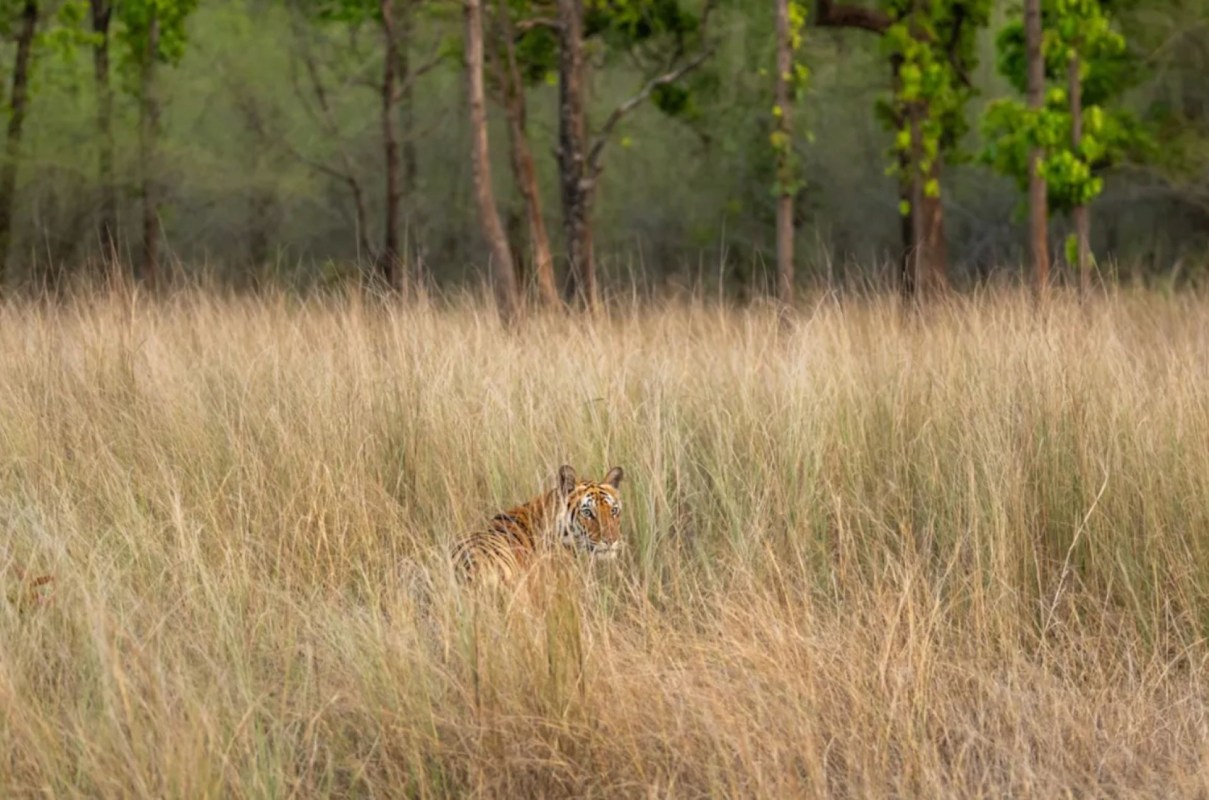Fans of big cats will be delighted to hear that after years of successful conservation efforts, the world population of tigers is on the rise, growing steadily closer to achieving a goal set in 2010 to double the population of tigers on the planet, the World Wildlife Fund reports.
Tigers are one of the most well-known and beloved wild species on Earth. But the large carnivores need wild territories for successful hunting, so they're also extremely vulnerable to deforestation and other human activities, including poaching.
In 2010, the world's wild tiger population hit an all-time low, the WWF explains, hovering at about 3,200 tigers spread across the 13 countries that make up the big cats' natural range. Those countries set a goal to double that number by 2022.
We aren't quite there yet. But thanks to policies and programs that have protected and restored tiger habitats, as well as advancements in monitoring and other conservation efforts, the population has increased by 74% as of last September. There are now about 5,574 wild tigers, according to the Global Tiger Forum.
The countries that have seen growth in their tiger populations are Bhutan, China, India, Nepal, and Russia, the WWF reports. Unfortunately, throughout the rest of the animals' habitat, numbers are still dropping.
Not only is the natural habitat for tigers shrinking, but it's also breaking up into smaller, isolated areas instead of one connected territory. This unfortunately makes it harder for tigers to find mates and pass on healthy genes. When this happens on a small scale — such as when a natural area is broken up by roads — wildlife crossings can be a solution. But across such a large region, the problem gets more complicated.
Moving forward, the WWF says it will focus on a new strategy that protects connected tiger habitats, expands their shrunken range, helps them coexist with humans without exploitation, and sets up ongoing, long-term financing working with local communities. This strategy isn't just good for tigers; it's also good for every other species that shares a habitat with them and the people whose livelihood depends on a healthy environment.
"Even if the progress has been uneven and is still extremely fragile, the fact that many tiger populations are recovering is extraordinary conservation," said the WWF in its statement. "And it's a call to action, for greater political commitment and investments in tiger conservation."
Join our free newsletter for cool news and cool tips that make it easy to help yourself while helping the planet.









